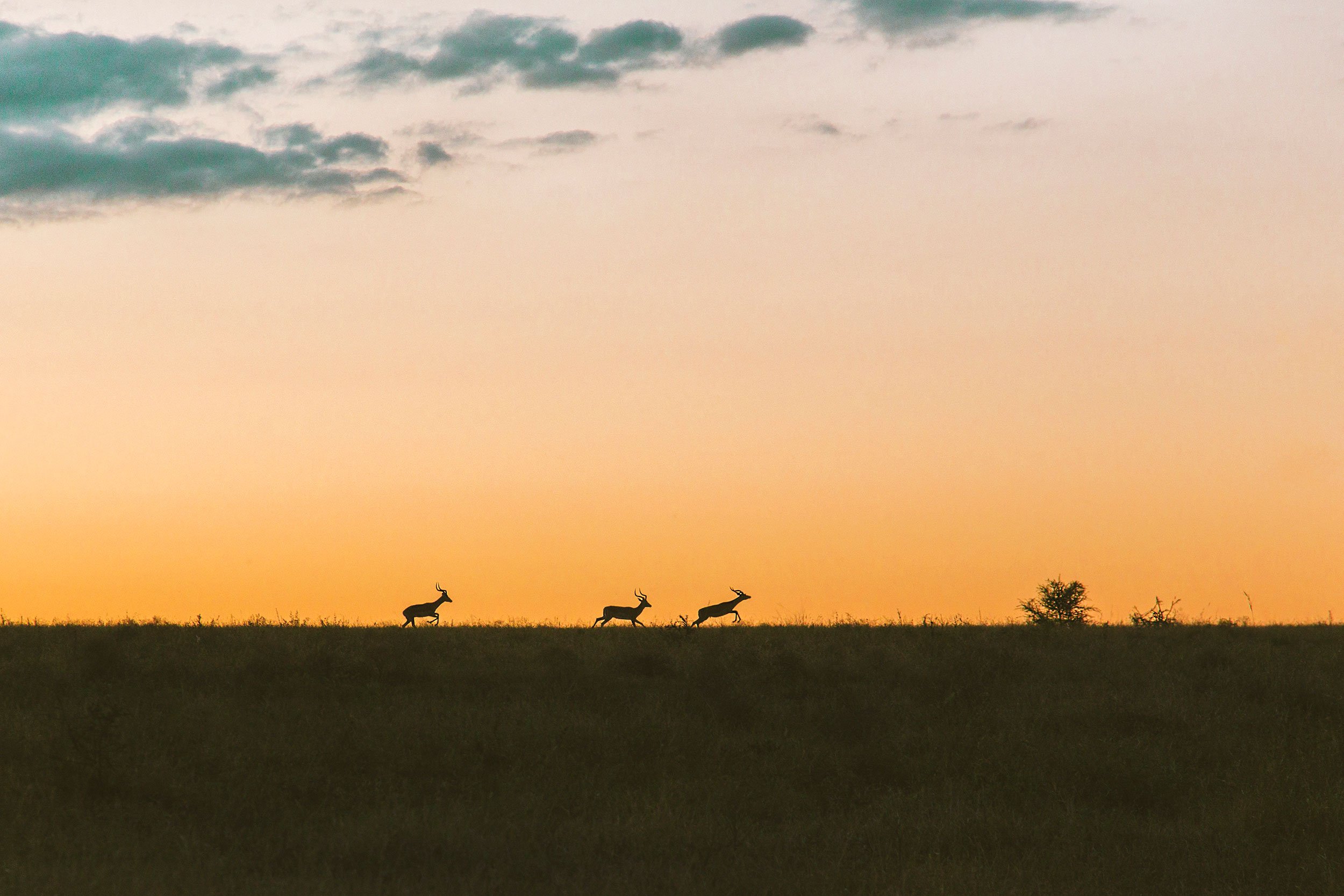
Travel Notes
For the past 20 years, my camera has been a quiet companion through crowded cities, remote paths, and the pauses in between.
Here, in this quiet corner of the internet, I share fragments from those journeys.
A visual journal of moments that lingered. No filters, no grand statements.
Just memories, held still in time.
New here?
Exploring Isla Negra: A Quiet Encounter with Pablo Neruda’s World
A quiet journey to Isla Negra, Pablo Neruda’s coastal refuge in Chile. No photos. No plans. Just stories, textures, and the breeze, all wrapped in poetry.
Chile in Extremes: From Breathtaking Landscapes to Unforgettable Discomfort
High-altitude sickness, freezing winds, and surreal landscapes, photographer Bruno Candiotto explores the physical and emotional contrasts of a journey through Chile’s rugged Cajón del Maipo.
-
This blog is where I share quiet stories behind the photographs.
Moments that moved me — sometimes in faraway places, sometimes just around the corner.It’s less about chasing perfect images and more about noticing what stays.
Simple things. Honest light. Real memories.A collection of reflections from a photographer, a traveler, and a father — still exploring the world, one quiet step at a time.
© Bruno Candiotto


